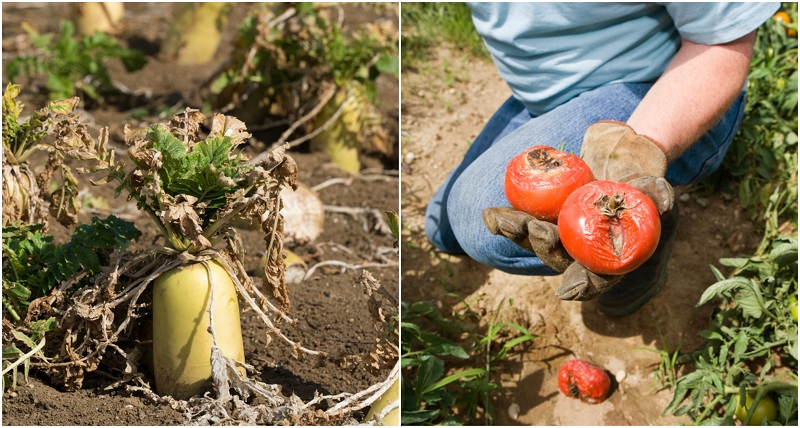
Many of us set out to grow vegetables with visions of gathering ruby red tomatoes and plump capsicums by the basketful and the choicest cucumbers and crunchy carrots going straight from the garden into the salad bowl.
Growing food is a worthy goal by any measure, but disappointments are all too common.
Check out whether your vegetable garden is failing because of these common mistakes.
1. Starting out without a plan
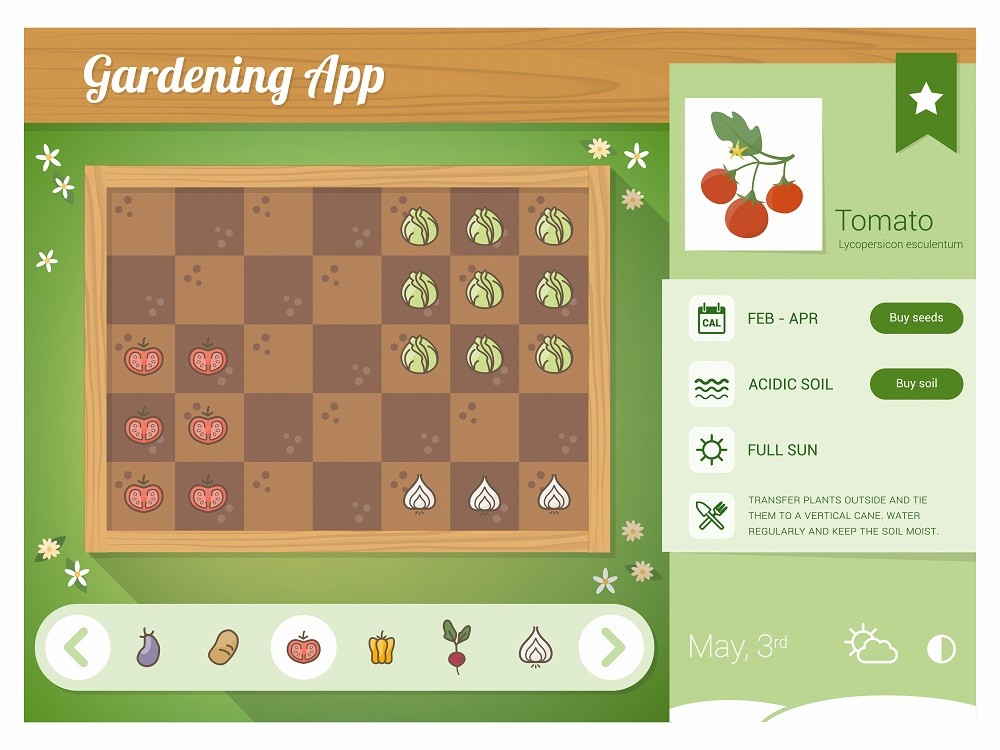
Many of us start the vegetable garden on a sudden impulse. Triggers may be an article on GMO foods or the dangers of pesticide laden food.
Tasting homegrown fare at a friend’s house or a single tomato plant that sprouted among your flowers and produced plenty of tomatoes with absolutely no attention from you may inspire you to start a veggie patch.
But starting a garden without proper planning and preparation is like building a house without a blueprint.
Vegetable gardening is quite demanding. Know your limits as to the time, effort, inputs, and space you can dedicate to it.
If you start too big you may find it hard to manage. If you grow veggies that you don’t really care for, you may soon lose interest in them altogether.
Skipping the preparatory steps like reading up on the cultural needs of different crops, testing the soil and amending it, starting seeds early, installing cold protection, windbreaks etc., can lead to almost certain failure.
2. Selecting unsuitable varieties
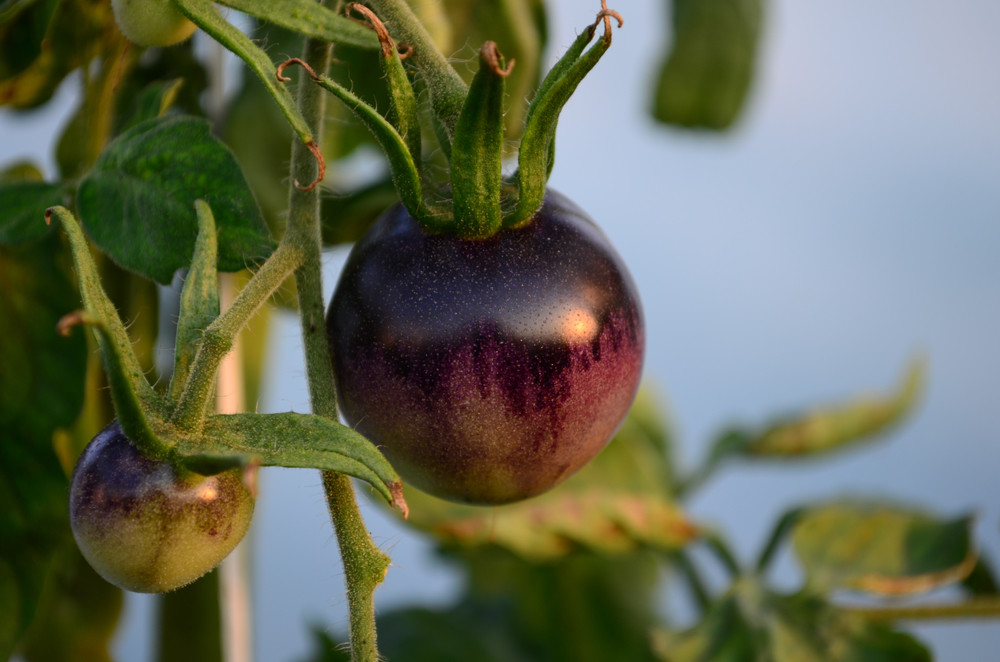
If you go ‘catalog shopping’ for vegetable seeds, it may be one big mistake you’re committing.
Even veteran gardeners fall for the beautiful pictures and too- good-to-be-true descriptions of new hybrids and heirloom varieties offered in plant catalogs.
While there’s every chance that they could be exaggerating the positives, even the most legit claims can be of no use to you if the variety or cultivar turns out to be unsuitable for your climate and growing conditions.
Exotic ornamentals may be fun to grow, but exotic vegetables are not really worth your time and effort.
There’s no harm in experimenting with a few new varieties that seem to be promising, as long as they are suitable for your USDA Zone. But stick to your local sources for the bulk of your vegetable seeds and starts.
Established nurseries and garden centers in your area almost always carry the varieties that grow well there, but the same cannot be guaranteed about Home Depot, Lowe’s, and such chain stores.
Garden fairs and sales put up by local farms are a great way to explore the possibilities and meet up with fellow gardeners who can give you invaluable inputs.
3. Choosing the wrong spot
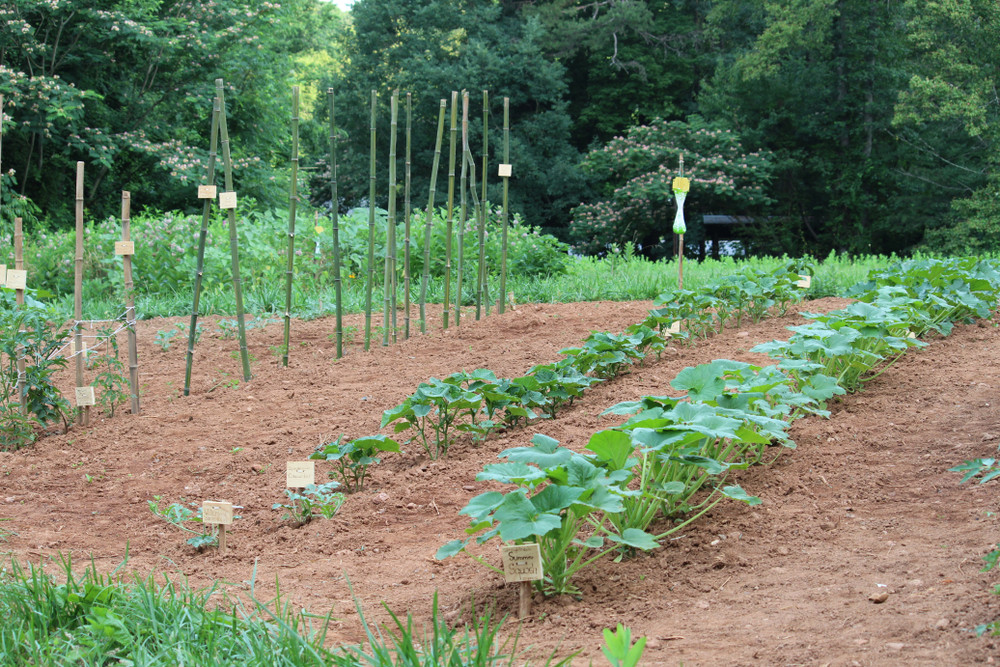
You can probably find ornamentals that fit any given spot, be it in the sun or shade. But vegetables are more demanding; you must offer them prime areas in your garden.
Plenty of sun is a must. Most fruiting vegetables need a minimum of 6-8 hours of sunlight to do well.
Root vegetables may manage with 4-6 hours of full sun and partial shade for the remaining period.
If your garden gets only filtered light for most part of the day, leafy vegetables are your best bet. There are some veggies that can grow in partial shade, these are the best.
The vegetable garden should be located as far away as possible from trees. Apart from the shade they cast, their strong roots will compete for water and nutrients.
Rotting leaves can make the soil too acidic too. If the ground is filled with roots, rocks and compacted soil that impede root run, grow vegetables in raised beds with loamy soil and good quality compost.
Vegetables don’t do well in highly exposed areas like the slope of a hill where constant wind can trouble the plants, unless you provide wind screens for protection.
4. Not preparing the soil
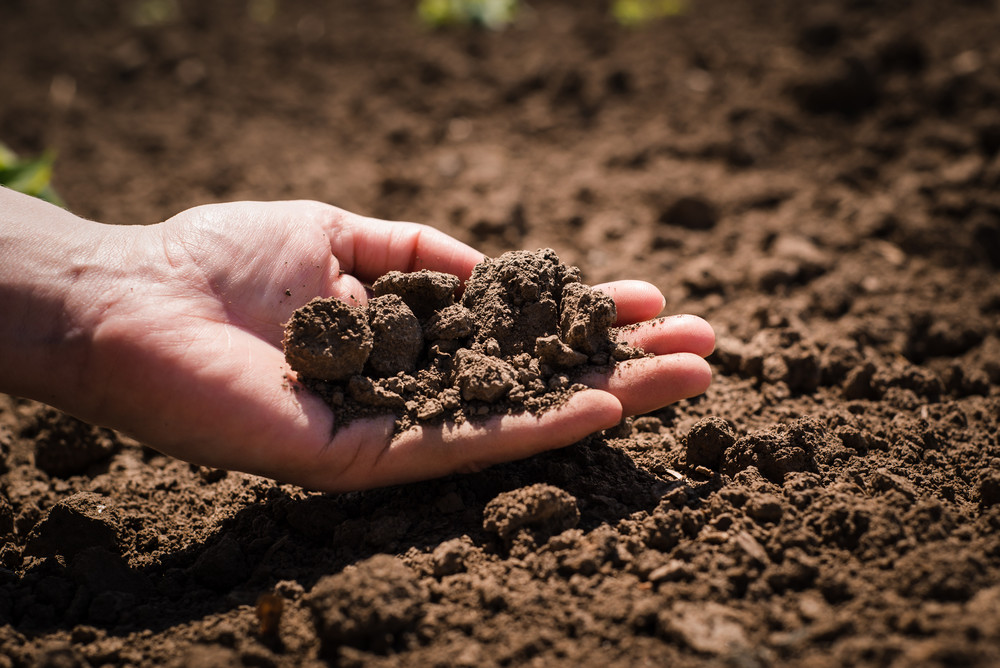
Soil preparation is extremely important because your plants are going to get their nutrients from the soil.
Most vegetables don’t do well in extremely acidic or alkaline soils. They struggle in poor soils too.
The pH of the soil and mineral content should be tested and amended suitably.
Sandy soils will not provide sufficient nutrients and clayey soil is prone to compaction and does not allow good root run and drainage. Both can be normalized to a great extent by adding plenty of organic matter.
Ample moisture in the soil is necessary for a successful vegetable garden, but the soil should have good drainage.
You can always provide extra water, but you’d be hard-pressed to find vegetables that put up with wet feet, the rare exceptions being taro, arrowhead, and watercress.
If you have clayey soil that holds on to too much water, use raised beds, straw bales or containers. In low-lying areas, increase drainage by digging ditches or making a dry stream bed to redirect the water.
5. Planting at the wrong time
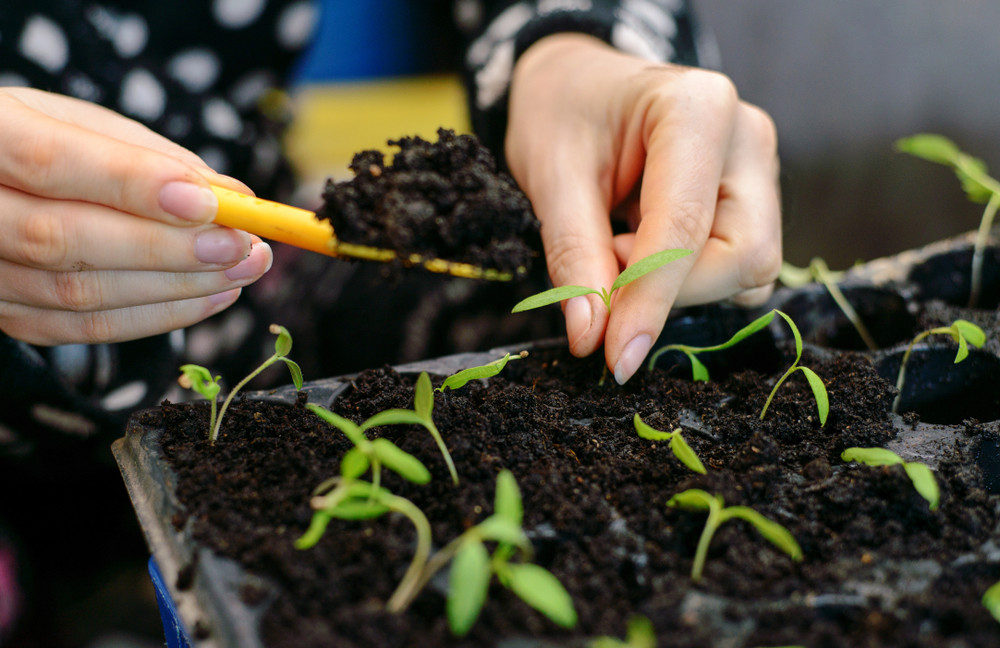
Spring is the main planting season for most vegetable crops, but the exact timing depends on their cold hardiness.
Some can go into the soil as soon as it thaws, but heat-loving vegetables like tomatoes may fail to take off if planted before it is warm enough. Some vegetables like lettuce should be started indoors well in advance because they will become bitter or perish if it gets too warm.
You can find general guidelines based on USDA Zones and first and last frost dates, but they are nothing more than guidelines. It is best to follow the planting schedule for your area, usually available from garden centers.
6. Underwatering and overwatering
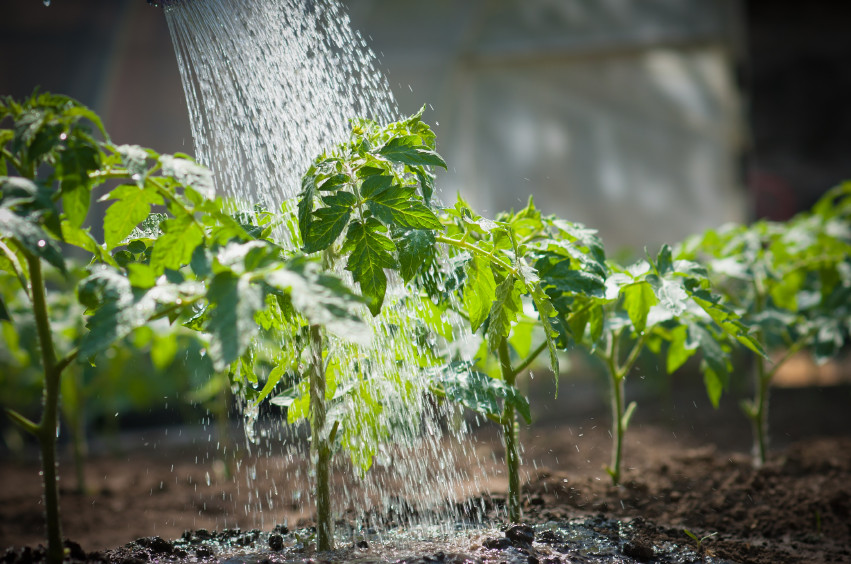
Vegetables need a good supply of water; it is essential for the transport of nutrients, manufacture of food through photosynthesis and its distribution to all parts of the plant.
Frequent wilting will make the plants weak; it will not only affect yield, but make the plants susceptible to diseases.
Different crops need different amounts of water, so this should be taken into consideration while planning the beds.
While underwatering can result in poor yield, overwatering can kill plants with root rot, especially if the soil has poor drainage. In well-draining soils it can flush out soil nutrients.
Excess moisture in the soil can create high humidity in the air and invite fungal diseases too.
Deep watering at longer intervals is better than frequent shallow watering. It promotes deep root run and toughens the plants.
7. Allowing weeds to thrive
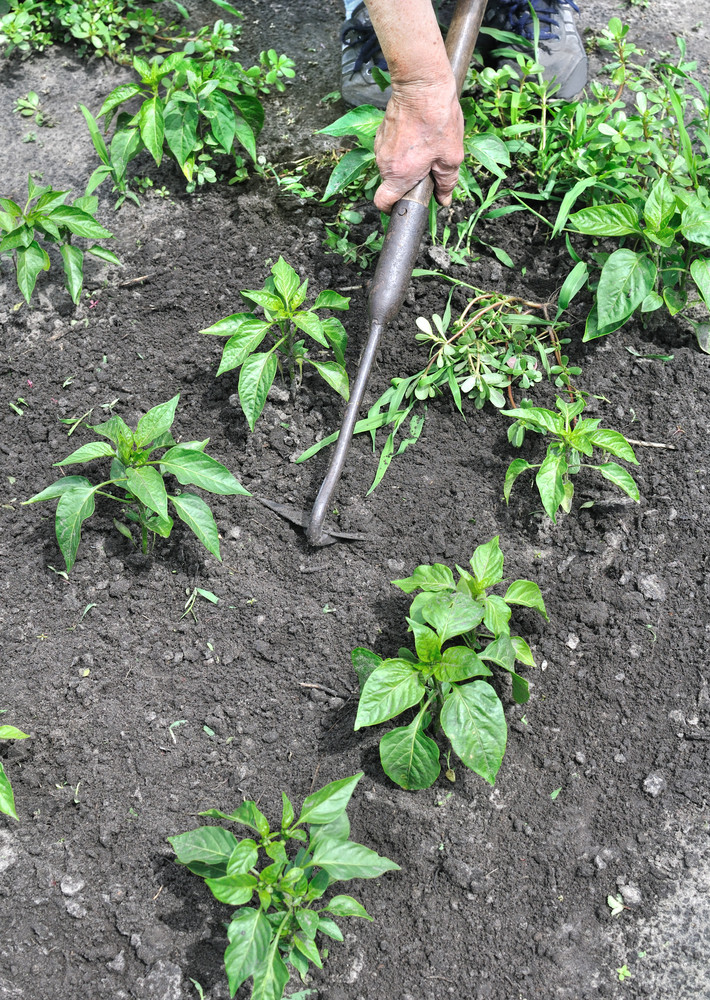
Weeds steal the water and nutrients meant for your veggies. They have such vigorous root systems and fast growth rates that they can crowd out your plants in no time.
Do thorough weeding before planting and continue to wage a war on them. Here are eight of the most effective methods for getting rid of weeds.
Stay clear of herbicides, though. The main benefit of growing your own vegetables is that you get to eat toxin-free food.
Thick mulching around the plants helps control them. Drip irrigation also helps.
8. Overcrowding
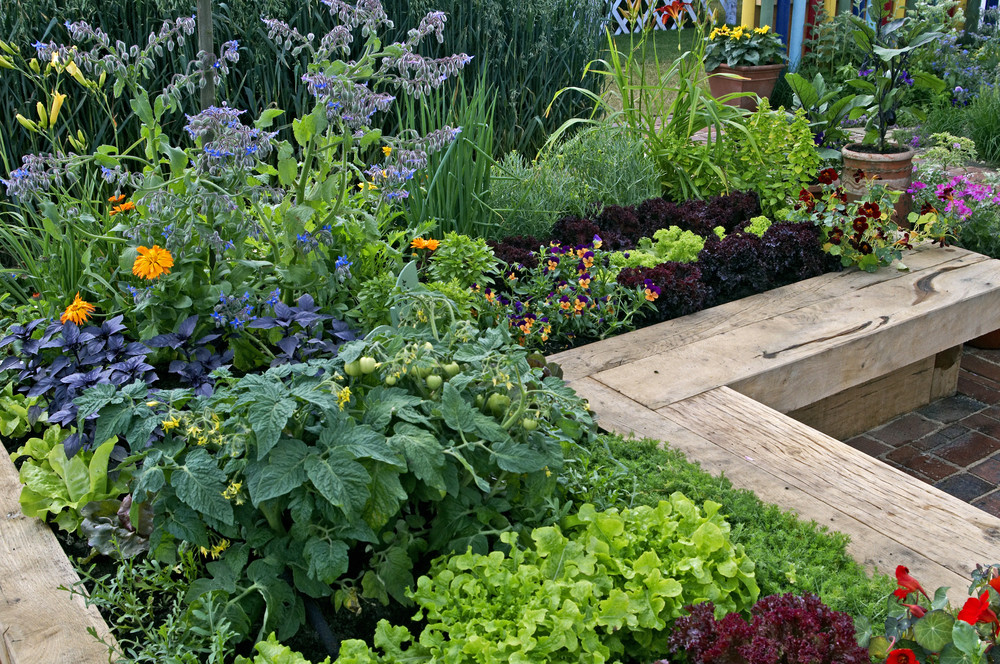
Vegetable starts look so tiny that you may end up planting them too close. When starting from seeds, pulling out perfectly healthy seedlings to thin the beds is heartbreaking.
Close planting will eventually lead to overcrowding, and it can even be worse than having weeds because all the plants are competing for the same nutrients. Poor air circulation can invite diseases too.
Follow the recommended planting distance. Raised beds can take closer planting, but the rule of thumb is that the leaves should only nearly touch when the plants reach their maximum size.
9. Fertilizing errors
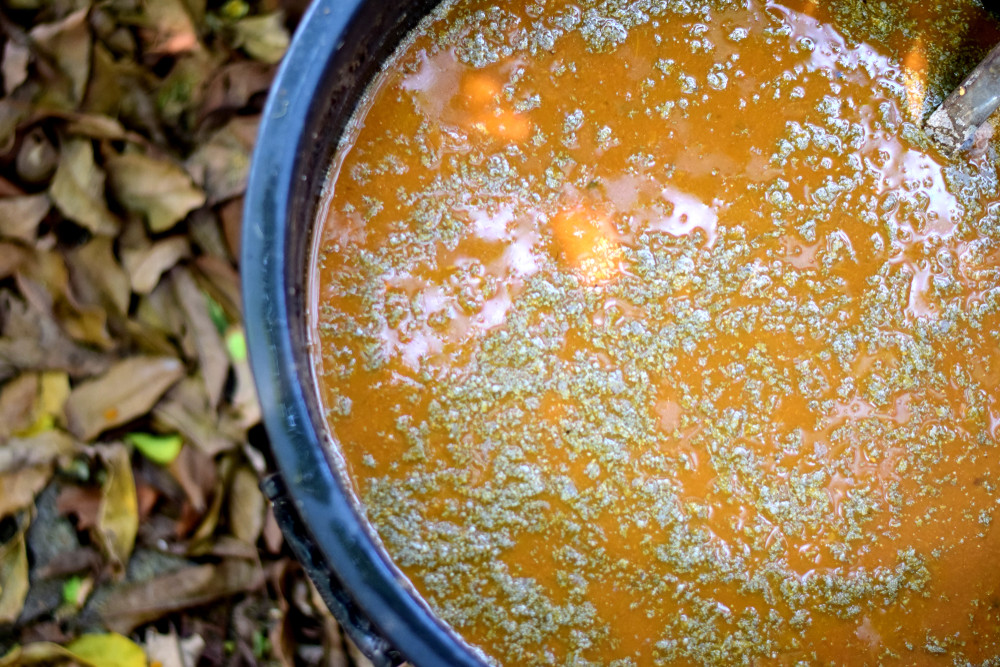
Vegetables are heavy feeders because they have to make a lot of food in a short time and store them in their fruit, stem, bulbs or tubers.
To put it in another way, plants that store food in some part or other are what we grow as vegetables.
Carbon dioxide, water, and sunlight are essential for making food, but nitrogen, phosphorous and potassium are also required in large amounts, followed by magnesium, calcium, and sulfur. A few other minerals are needed in small quantities.
Garden soils are often deficient in one or more of these nutrients, so vegetables fail to thrive if extra fertilizers are not added to the soil.
Even in mineral-rich soil, high acidity or alkalinity or other chemical imbalances can prevent the plants from utilizing the nutrients.
Experienced gardeners can often detect deficiencies from the symptoms and may use specific fertilizers to remedy them.
Generally, spindly growth with yellowing stems and leaves are linked to nitrogen deficiency and yellowing between leaf veins to a deficiency in magnesium.
When plants have extra dark new leaves and purplish older leaves, it may be an indication of phosphorous deficiency, and crown rot in tomatoes is a sign of calcium deficiency. However, it’s not an accurate science. Several nutrient deficiencies and diseases can precipitate similar symptoms.
Overfertilizing can also cause problems. For instance, nitrogen-rich soils promote excessive vegetative growth at the expense of flower and fruit formation.
Gardeners thrilled at their lush green tomato plants may become disappointed when they don’t see any tomatoes. High amounts of some minerals in the soil affect the absorption of others. Too much potassium can prevent the absorption of magnesium, which is essential for the formation of chlorophyll.
For those who are new to vegetable gardening, the best bet is to use lots of good quality compost and slow release organic fertilizers like bone meal and fish meal in their vegetable patches.
They usually provide almost all the nutrients required for plant growth and help balance pH and promote the growth of beneficial soil microbes.
You can make your own organic fertilizers at home. Here are ten of the best recipes for you to try.
10. Not attending to pests and diseases in time

Pests and diseases can come unannounced and spoil your vegetables. Fungal infections like white or grey mildew can sweep across the beds and reduce them to nothing in a matter of days.
Viral and bacterial diseases can be just as devastating. Get rid of affected plants and take remedial measures as soon as they appear. Invest in disease resistant varieties.
Aphids, mealybugs, and other sap-sucking pests stunt plant growth. Keep their populations under control with organic and biological control measures.
Get rid of slugs and caterpillars before they proliferate. If your soil harbors root nematodes, crops will not succeed. Since they are impossible to eliminate completely, you may need to take several measures to control them and use nematode-resistant varieties as much as possible.
Even with all the precautions you take, vegetable gardening can be quite unpredictable at times. Some people have great success with a few plants in the first season.
Encouraged by the ‘beginner’s luck,’ they make ambitious plans for the next season, only to become disappointed when the garden refuses to take off. Depletion of soil nutrients could be one reason, which can be easily remedied by amending the soil with plenty of organic matter.
Pests and diseases taking hold of the garden is another serious threat. Change the crops to reduce the risk of them getting carried on to the next season from spores and eggs that persist in the garden.
